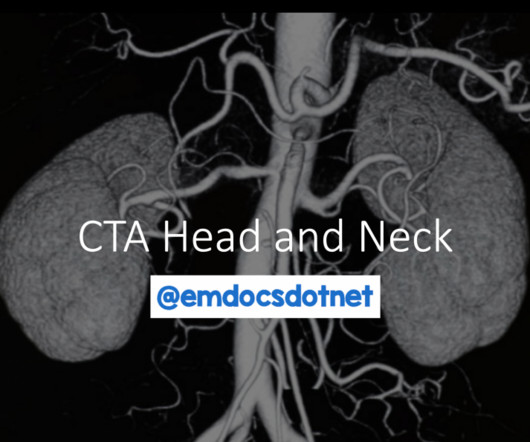Clinical Conundrums: How Long Should We Monitor After Giving IM Epinephrine for Anaphylaxis?
REBEL EM
DECEMBER 5, 2023
The overall incidence of biphasic reactions is unknown with rates quoted from < 0.5% up to 23% ( Lieberman 2005 , Rohacek 2014 , Tole 2007 , Grunau 2014 ). This varied incidence can be due to inconsistent definitions or inclusion of mild reactions. Which patients are at risk for experiencing biphasic reactions?










Let's personalize your content